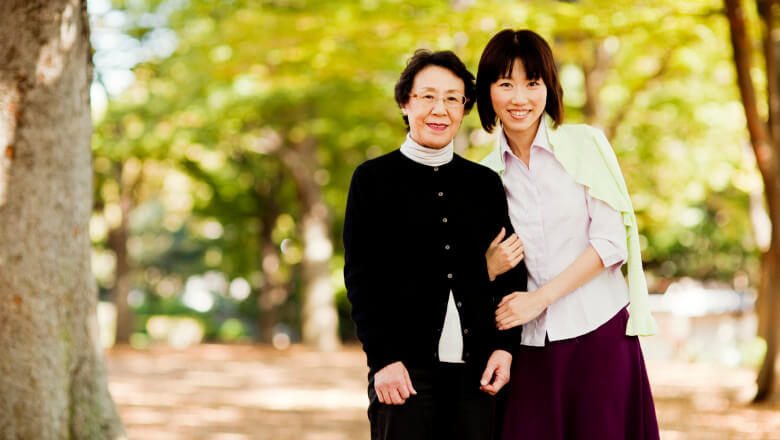With a nearly quarter of the population over 65, Japan boasts one of the longest life expectancies in the world (84 years) and is a world leader in healthy aging (CIA, 2014). A recent article by the AARP noted the “secrets” of Japanese longevity were a healthy diet, regular exercise, extended work years and government policies supporting a healthy lifestyle. Another perhaps less well-known fact is that Japan is also a leader in the functional food and supplement markets for healthy aging.
Generally speaking, functional foods and supplements fall under the term “health foods” in Japan. The Japanese health food market encompasses FOSHU (Food for Specified Health Uses) foods and non-FOSHU health foods. Sixty percent of the Japanese population consumes health foods every day, and roughly 30% of the over-50-year-old population consumes them every day, according to a survey commissioned by the Japanese government (2012). The total functional food and supplement market was estimated to be over 18 billion USD in 2013 (Seed Planning Consulting Company).
Popular ingredients in Japanese health foods are varied. According to a survey of more than 200 Japanese health food manufacturers, the ingredients with the most expected popularity on the Japanese marketplace during the first half of 2014 were:
1. Collagen: Collagen is the most abundant protein found in the human body and is associated with younger looking skin and joint health.
2. Placenta: Placenta products are often associated with younger looking skin.
3. Extracts from fermented fruits and vegetables: Available in liquids, pastes, and powders, this ingredient has many touted benefits including for digestion.
4. Aojiru: Aojiru is drink made from squeezed green leafed vegetables, including kale, barley grass and green tea, and is rich in vitamins and minerals.
5. Glucosamine: This ingredient is associated with joint health and mobility.
Hungry for more information? Follow us on LinkedIn or Twitter or subscribe to our blog below!
References
Central Intelligence Agency. (2014). The World Factbook. Retrieved from https://www.cia.gov/library/publications/the-world-factbook/rankorder/2102rank.html
Spitzer, K. (2014). Secrets from the Longest-Living Place on Earth. AARP. Retrieved from http://www.aarp.org/health/healthy-living/info-2014/longevity-secrets-from-japan.1.html
Seed Planning Company. (2014). Tokuho Inryo, Kisei Kaikaku de Ugokidasu Kenko Shokuhin Shijou [Tokuho Drink and Health food Market Moving due to Regulation Changes]. Retrieved from: https://www.seedplanning.co.jp/press/2014/2014060501.html
Kenko Sangyo Shimbun. (2013). 2014 Nen Jouki Kenko Shokuhin Ninki Juchuu Sozai Ranking [Ranking of Health Food Ingredient Orders from the First Half of 2014]. Retrieved from http://www.this.ne.jp/news/detail.php?nid=457
